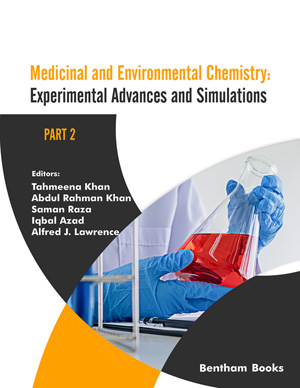Abstract
Environmental chemistry is the study of chemical processes occurring in the environment for understanding the diverse issues related to human health and resource conservation. These significant effects may be felt on a global scale, through the presence of water pollutants or toxic substances arising from chemical waste. The increasing world population, rapid industrialization, and human activities have resulted in higher water demand throughout the world. The fast spread of contamination problems worldwide and their effects on the natural resources of water led to the evolution of environmental chemistry. This evolution relies on the different membranes technology to facilitate the scientific investigations on the contamination extent and optimize remediation efforts. Polymeric ceramic composite membranes comprise a captivating field of membrane separation technology. Rapid development and innovation have been done in the modification of these membranes. These membranes have superiority in terms of high temperature and chemical resistance, higher chemical, and mechanical stability, and have higher longevity. All these outstanding features have made these membranes ideal for water treatment and desalination applications. This chapter is a review of the development, and the use of polymer composite membranes in treating wastewater. A brief description of synthesizing these membranes through different routes is given and is reviewed critically.
Keywords: Ceramic membrane, Desalination, Polymer, Sol-gel process, Water treatment.
















